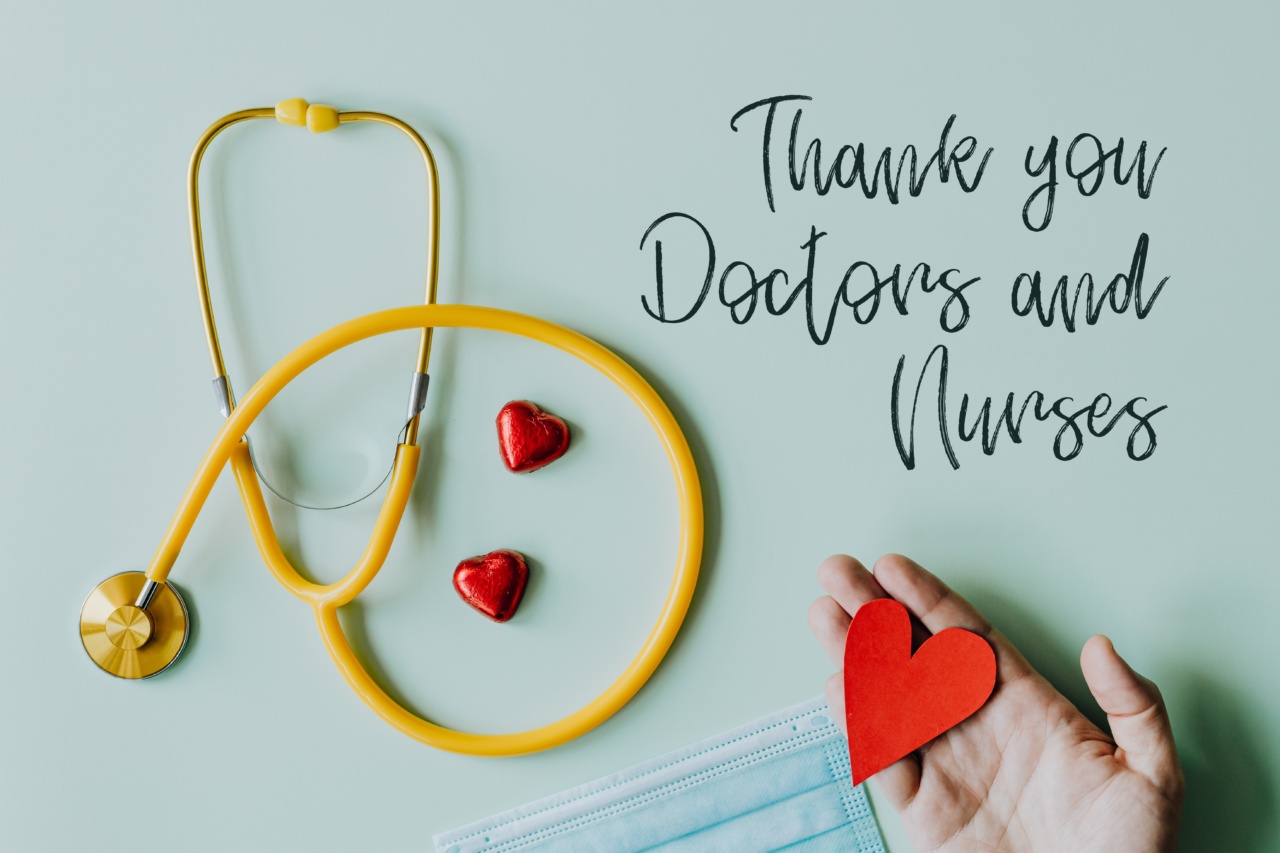Medical emergencies can happen anytime and anywhere. Being aware of the most common medical emergencies can help you be prepared and respond effectively, potentially saving lives.
In this article, we will discuss five medical emergencies that everyone should know about.
1. Heart Attack
A heart attack occurs when the blood flow to the heart is blocked, usually due to a blood clot. Knowing the signs and symptoms of a heart attack can help identify this medical emergency quickly.
Common symptoms include chest pain, shortness of breath, nausea, and cold sweats. If someone is experiencing these symptoms, it is crucial to call emergency services immediately and provide them with aspirin if available.
2. Stroke
A stroke happens when the blood flow to the brain is compromised. It can be caused by a blocked blood vessel (ischemic stroke) or a ruptured blood vessel (hemorrhagic stroke).
Knowing the acronym FAST can help in identifying the signs of a stroke: Face drooping, Arm weakness, Speech difficulty, Time to call emergency services. If someone exhibits any of these symptoms, act quickly and call for medical help.
3. Severe Allergic Reactions
A severe allergic reaction, also known as anaphylaxis, is a life-threatening condition that can occur within seconds or minutes of exposure to an allergen. Common triggers include food, medications, insect stings, and latex.
Symptoms of anaphylaxis include difficulty breathing, swelling of the face and throat, hives, and low blood pressure. Administering epinephrine using an autoinjector (such as an EpiPen) and calling emergency services is crucial in managing an allergic reaction.
4. Choking
Choking happens when a foreign object obstructs the airway, preventing breathing. This medical emergency can be life-threatening, especially if the airway is completely blocked.
If someone is choking and cannot talk, cough, or breathe, immediate action is required. Perform the Heimlich maneuver by delivering abdominal thrusts to dislodge the object. If the person is unable to breathe, call emergency services and continue with CPR until help arrives.
5. Seizures
A seizure is a sudden surge of electrical activity in the brain that can cause changes in behavior, movements, and consciousness. It is essential to ensure the person’s safety during a seizure by removing any nearby hazards.
Do not restrain the person or put anything in their mouth. Time the seizure and call for medical assistance if it lasts longer than five minutes or if the person does not regain consciousness.
Conclusion
Knowing the signs and symptoms of these five medical emergencies can make a significant difference in how effectively and quickly help is provided.
Remember to always call emergency services whenever a medical emergency occurs, as professional help is essential. Being prepared and equipped with basic first aid knowledge can help save lives.


























